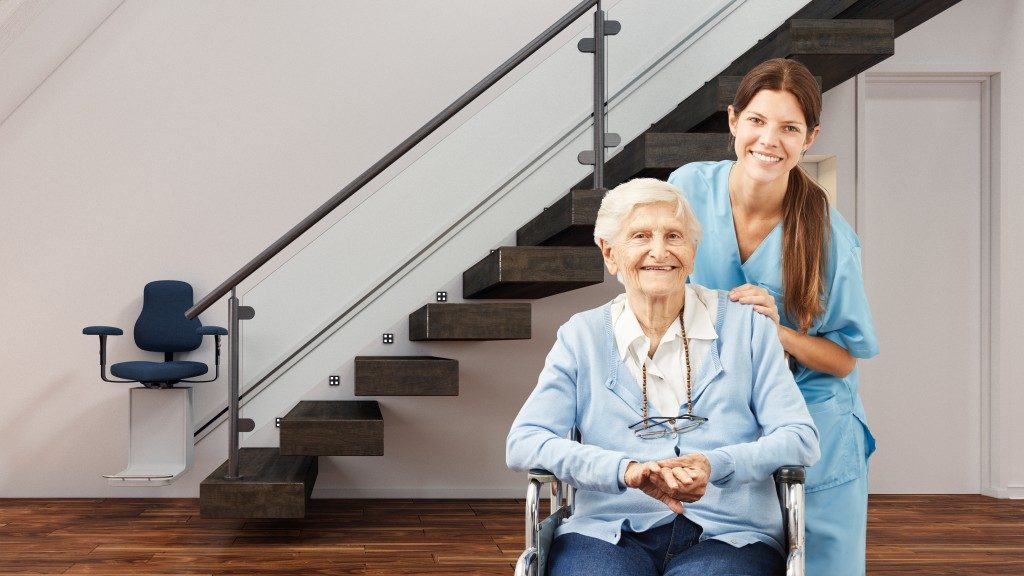Utah has one of the healthiest senior population in the USA. While most of them prefer to live independently, mobility issues might force you to intervene or at least assist your aging relative. Fortunately, a few changes around the house can make it safer and more accessible, allowing for a little more independence.
Bathroom Safety
Taking trips to the bathroom in a wheelchair can be both difficult and dangerous. A slip or fall into the hard surface can lead to injuries or even broken bones. Bringing a wheelchair into the bathroom can be difficult. Make sure the bathroom entrance is wide enough for a wheelchair and lower the light switch so it can be reached. You can also opt for motion-detecting systems in the corridors leading to the bathroom and the bathroom itself to make trips a lot safer.
Supports and handholds near the toilet seat are essential. Just make sure they don’t get in the way of the wheelchair. Baths are a big problem, especially if your relative wishes to maintain his/her privacy. Showers are no place for wheelchairs and tubs will require assistance to get in and out of. One possible solution is a walk-in bathtub. These tubs allow seniors or people with disabilities to remain seated as they bath, and changing seats requires very little effort.
Accessible Kitchens
If you’re going to do all the cooking, it shouldn’t be a problem. But there may be times when you’re not around or maybe your senior family member simply chooses to live on his/her own. You’ll need to remodel the kitchen, lowering kitchen cabinets and opening spaces for wheelchair access. Choose appliances with front switches for ease of use and general safety. Smoke detectors are a must since mobility issues make kitchen accidents a lot more dangerous.

An Elevator Inside the House
Stairs are almost impossible to navigate with a wheelchair. While keeping rooms on the first floor is ideal, sometimes a house’s design makes it impossible. YouTuber and Salt Lake City resident Zack Nelson shot to the top of the viewing ranks in 2019 when he made a video installing an elevator inside his house. The video has more than 17 million views, sparking a lot of interest for home elevators. While home elevators can be costly (costing around $20,000-$30,000), they are a lot safer than stairlifts and require no assistance whatsoever.
In Case of Emergencies
Every senior with mobility should have a medical alert system. These devices can alert a relative or emergency services with a press of a button or once the device detects the signs of a fall. They are usually carried or worn, but the better option is the pendant-style devices for easy access. Medical alert systems can also be used in case of fire, burglary, or any other emergency.
Mobility issues require a lot of changes in one’s house. Whether your senior family member will be staying with you or living apart, make sure to make changes to the house (yours or theirs) to make it safer and more accessible.




